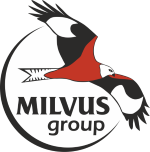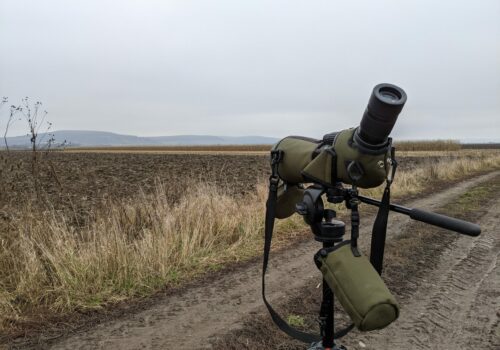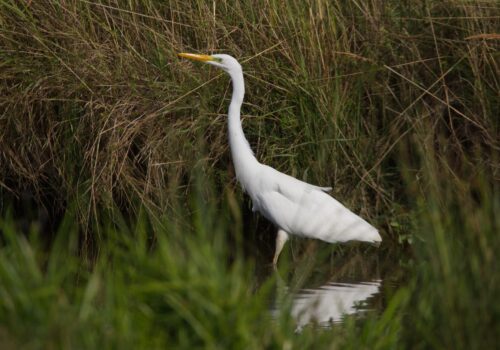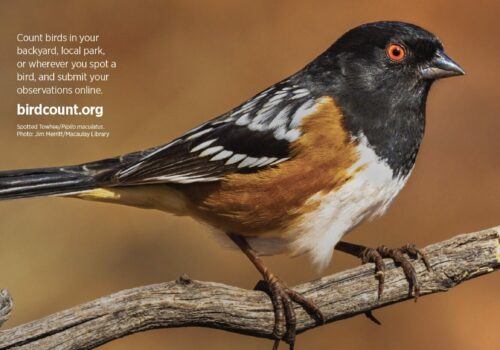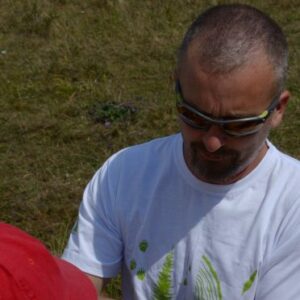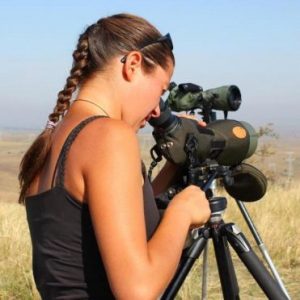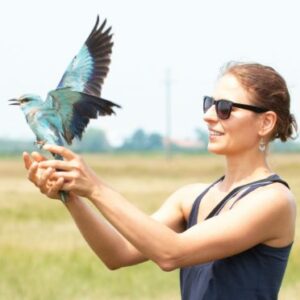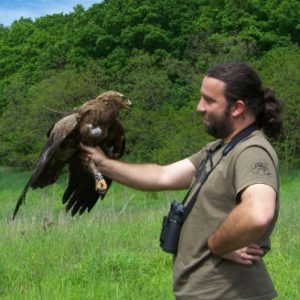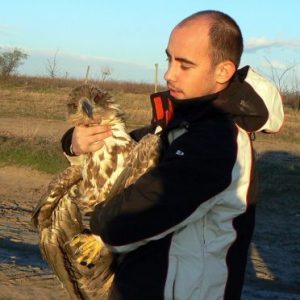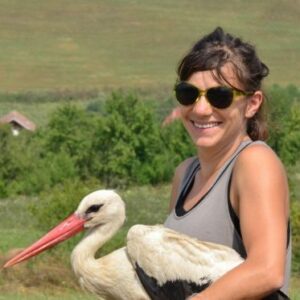Between 10 and 31 January, the national waterbird census took place (known to participants as the MidWinter Count), with the participation of dozens of volunteers. The event is organised internationally by Wetlands International and, in Romania, it is coordinated by the Romanian Ornithological Society and the Milvus Group.
1,117,611 birds were counted, of which 1,040,265 individuals (93% of the total) belonged to waterbird species, which are the main focus of this annual census. A total of 190 species were identified, of which 101 species (53.2%) were waterbirds, dependent on wetland habitats.
Compared to the previous year, the total number of waterbird individuals recorded was nearly 150,000 higher, thanks to good coverage of key wetlands, which hosted very large numbers (such as the reservoirs along the Olt Valley and the Danube Delta).
This year’s census relied entirely on volunteers, who collected data alongside staff from the two coordinating organisations. We are pleased with the continued voluntary involvement of our observers, who are responsible for collecting this valuable data to track waterbird population trends at the national level. The coverage of the Danube Delta was carried out, as in previous years, with the help of our colleagues from the Danube Delta Biosphere Reserve Administration.
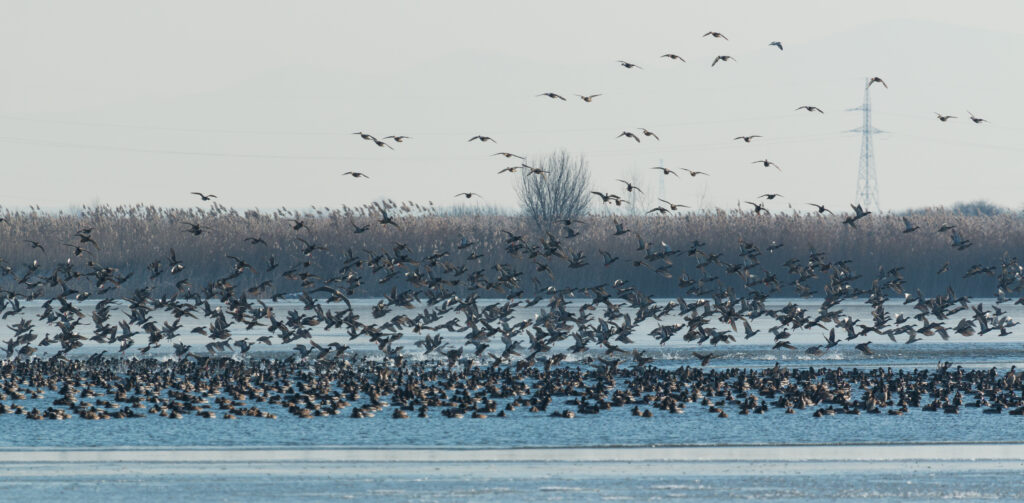
The most frequently observed waterbird species were (this excludes goose species, whose populations were covered much more fully by a dedicated survey), with the numbers recorded in the previous year in brackets for comparison:
- Mallard (Anas platyrhynchos) – 292,272 (237,323)
- Eurasian coot (Fulica atra) – 165,314 (141,450)
- Common teal (Anas crecca) – 55,137 (19,621)
- Caspian gull (Larus cachinnans) – 54,701 (17,118)
- Black-headed gull (Larus ridibundus) – 46,789 (29,005)
- Great cormorant (Phalacrocorax carbo) – 34,957 (42,067)
- Common pochard (Aythya ferina) – 26,476 (25,623)
- Tufted duck (Aythya fuligula) – 25,899 (20,420)
- Red-crested pochard (Netta rufina) – 25,109 (22,074)
- Common gull (Larus canus) – 22,784
Compared to last year, most species in the top ranks recorded higher numbers, except for the great cormorant. The same species are present in the ranking, with one exception: the mute swan, which ranked in the top ten last year, was replaced by the common gull this year.
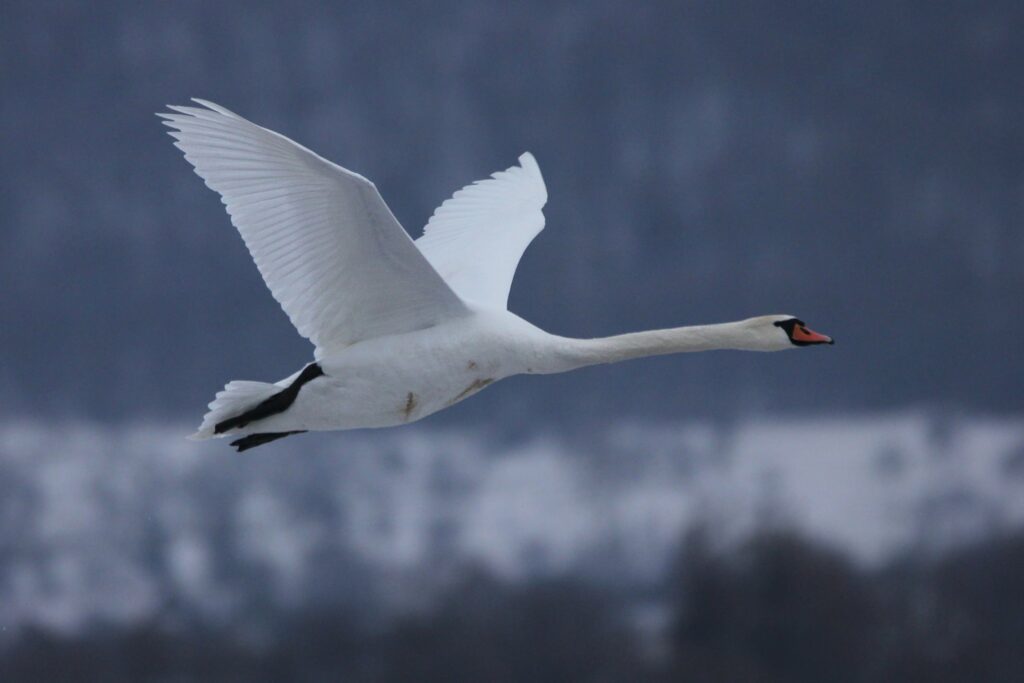
As previously mentioned, the goose census was conducted in parallel, in southeastern Romania, ensuring more precise data collection through the prioritisation of key sites. The total counts from the dedicated goose monitoring programme combined with the International Waterbird Census are as follows:
- Greater white-fronted goose (Anser albifrons) – 414,024
- Greylag goose (Anser anser) – 14,313
- Red-breasted goose (Branta ruficollis) – 1,999
- Taiga bean goose (Anser fabalis rossicus) – 6
- Lesser white-fronted goose (Anser erythropus) – 4
- Canada goose (Branta canadensis) – 2
- Barnacle goose (Branta leucopsis) – 1
Among non-waterbird species, the most numerous were: Rook (Corvus frugilegus, 31,388), Wood pigeon (Columba palumbus, 30,951), Common starling (Sturnus vulgaris, 21,602), Feral pigeon (Columba livia f. domestica, 14,365), and Western jackdaw (Corvus monedula, 5,172).
During the census, several rare or unusual species were observed, which are either sporadic in Romania or interesting for this time of year: Slavonian grebe (Podiceps auritus) – 35 individuals, Great white pelican (Pelecanus onocrotalus) – 2 individuals, Barnacle goose (Branta leucopsis) – 1 individual, Bean goose (Anser fabalis) – 4 individuals, Velvet scoter (Melanitta fusca) – 27 individuals, Long-tailed duck (Clangula hyemalis) – 6 individuals, Ring-billed gull (Larus delawarensis) – 1 individual, Pallas’s gull (Larus ichthyaetus) – 174 individuals, Great black-backed gull (Larus marinus) – 3 individuals, Herring gull (Larus argentatus) – 5 individuals, Greater flamingo (Phoenicopterus roseus) – 1 individual.
As mentioned, the data collected by our volunteers is centralised by Wetlands International. The international results from previous years are publicly available at the following links:
Waterbird species totals by country: https://iwc.wetlands.org/index.php/nattotals
National species totals: https://iwc.wetlands.org/index.php/spectotals
